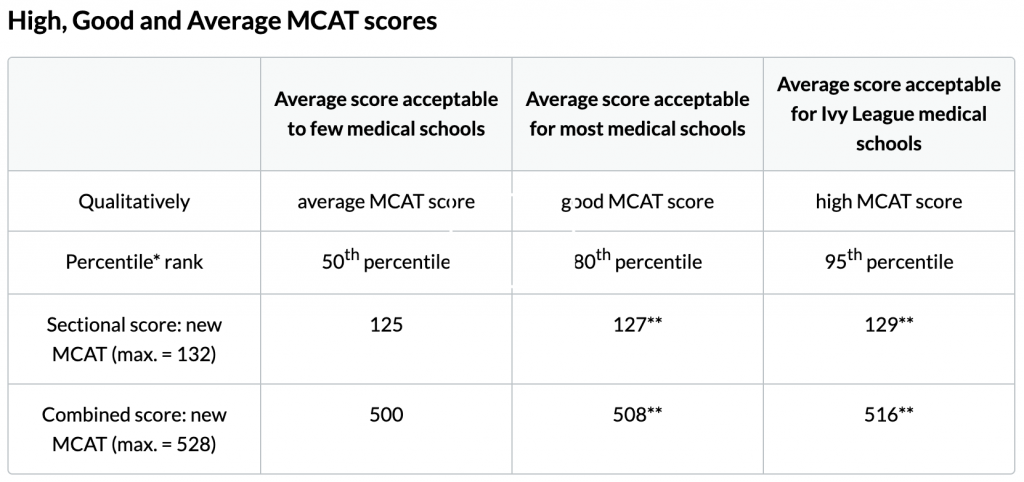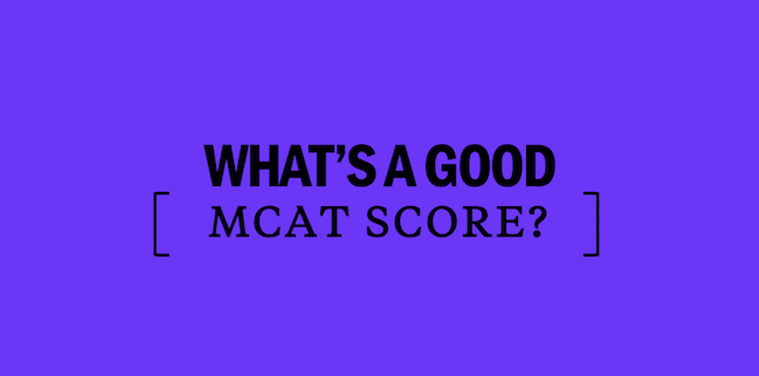MCAT Scoring
How does MCAT scoring work? Do I get penalized for wrong answers? What is a good score? How do I understand my score? These are just a few of the many questions that students who are beginning their MCAT studies may have in mind. If you are curious about anything score-related with the MCAT, you have come to the right place. Let’s get explaining!
To start, some of the standardized tests you may have taken in the past (think: SAT) are infamous for penalizing test-takers for incorrect answers. The MCAT, however, does not penalize you for your wrong answers or for questions that you leave blank! Since these questions will not impact your score, there is no harm in guessing on a question if you don’t know the correct answer.
Once your results arrive, you will see 5 different scores: one score for each of the four sections of the exam, and one score which combines all of your scores to give you a “total score”. All four sections are scored in the same way. You will receive an initial raw score for each section, which will then get converted into your scaled score. For the scaled scores, 118 is the lowest possible score and 132 is the highest. In the end, your scores from each of the 4 sections will be combined to give you that total score, which ranges from 472 to 528. As you can see in the chart below (provided by the AAMC), the mean MCAT score (49th percentile) is a 500.5. To see how your score compares to those of other test-takers, you can view the percentile ranks like the ones below, which are updated each year.

The reason why the raw scores must be converted into scaled scores is to account for potential differences in difficulty across the exams that are administered. Like most standardized tests, the AAMC creates several variations of the exam which all have different sets of questions. Even though the test makers try their hardest to make sure that all of the exams are of equal difficulty, it is likely that this will not always be the case. For this reason, MCAT raw scores are converted into scaled scores, to make up for any potential variations across exam forms.
You should expect your score about a month after test day. There are two reasons why it takes (what likely feels like) such a long time: 1) The AAMC must go through the process of converting each test-taker’s raw scored into a scaled one (discussed above), and 2) This gives test-takers time to submit any concerns or questions that they may have about their exam and receive an answer from the AAMC. When schools are assessing your MCAT score on medical school applications, they will only see your final scaled score.
If you are wondering “what score should I aim for?” or “what is a good score?”, unfortunately the answers to these questions is hard to determine because each student may have different expectations depending on what their end goal is. However, MCAT-Prep has gathered data to help students navigate this difficult process by providing average scores acceptable to few medical schools, most medical schools, and Ivy League medical schools. The chart below highlights each of those scores, so you can get an idea of what you should be aiming for depending on what your end goal is.

https://students-residents.aamc.org/applying-medical-school/article/how-new-mcat-exam-scored/
